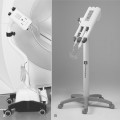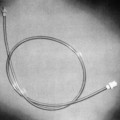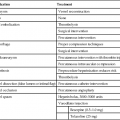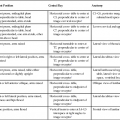CHAPTER 11 After completing this chapter, the reader will be able to perform the following: When performing advanced radiologic studies, a foreign substance is usually introduced into the body to provide the necessary contrast to visualize the structures being examined. These contrast agents can produce allergic reactions. This premise will hold true for any nuclear medicine study as well. Reactions to the radionuclides are very rare; however, the technologist should always be alert for any signs of reaction. The symptoms will be similar to those listed for contrast agents in Chapter 6. If it is determined that the patient has had a reaction during a previous nuclear medicine study, the physician should be alerted to the potential for contraindication to use of the substance or performance of the examination.
Nuclear Medicine—SPECT, PET, and Fusion Imaging
 Describe how nuclear medicine is used as a diagnostic tool
Describe how nuclear medicine is used as a diagnostic tool
 Explain the indications and contraindications for nuclear medicine studies
Explain the indications and contraindications for nuclear medicine studies
 Identify the various types of radiopharmaceuticals used in nuclear medicine
Identify the various types of radiopharmaceuticals used in nuclear medicine
 Differentiate between SPECT, PET, and fusion imaging
Differentiate between SPECT, PET, and fusion imaging
NUCLEAR MEDICINE
Indications and Contraindications
Allergic Reactions
Nuclear Medicine—SPECT, PET, and Fusion Imaging






























